For my first project with VHS tapes, I created shelves with them. Tapes make great box shapes and are ideal for small shadowbox-type wall shelves. Simply arrange the tapes in a square shape to make the shelf. They hang easily with small nails in the wall.
I made the first box shelf to more easily display my Twin Peaks Funko Pop collection and keep it more easily with the rest of the Twin Peaks memorabilia on my living room wall.
Later on, I needed a rack to display my personal cassette tape collection on (aka the collection that will NEVER be used to make anything from :)), so I built another box shelf that was a little bit bigger. Unfortunately, I've already run out of room on it....
When my Twin Peaks shelf worked out so well, I adapted the idea to be much taller and free standing. This rack was made from 49 tapes and holds 36 Funko Pop figures. It is also able to be added on to on the top or the sides as my collection grows.
The coolest thing about all these shelves is that they look like regular shelving until you look closer and see the movie labels. I also try to find videos that were rentals to get more of the retro feels of the glory days of video tapes. Nothing beats a "Please Be Kind...Rewind" label on the side of your shelf to let everyone know what that particular shelf piece once was.
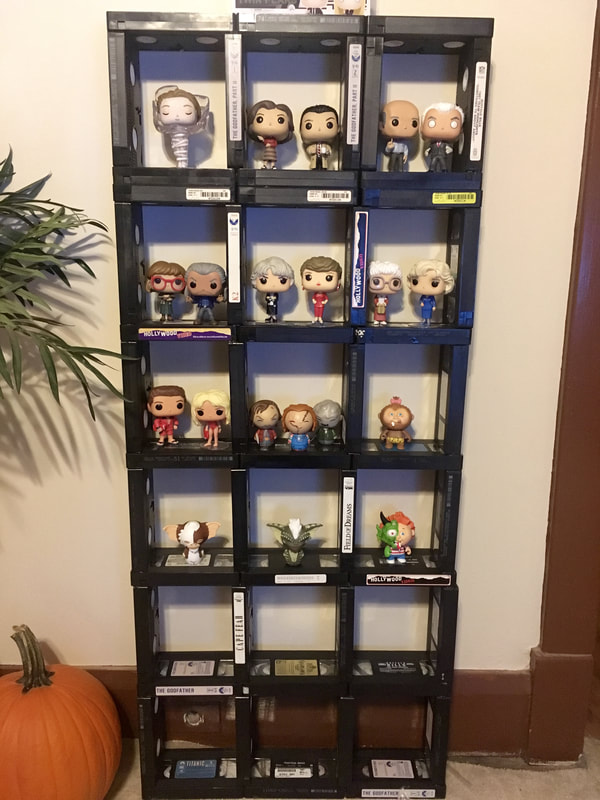
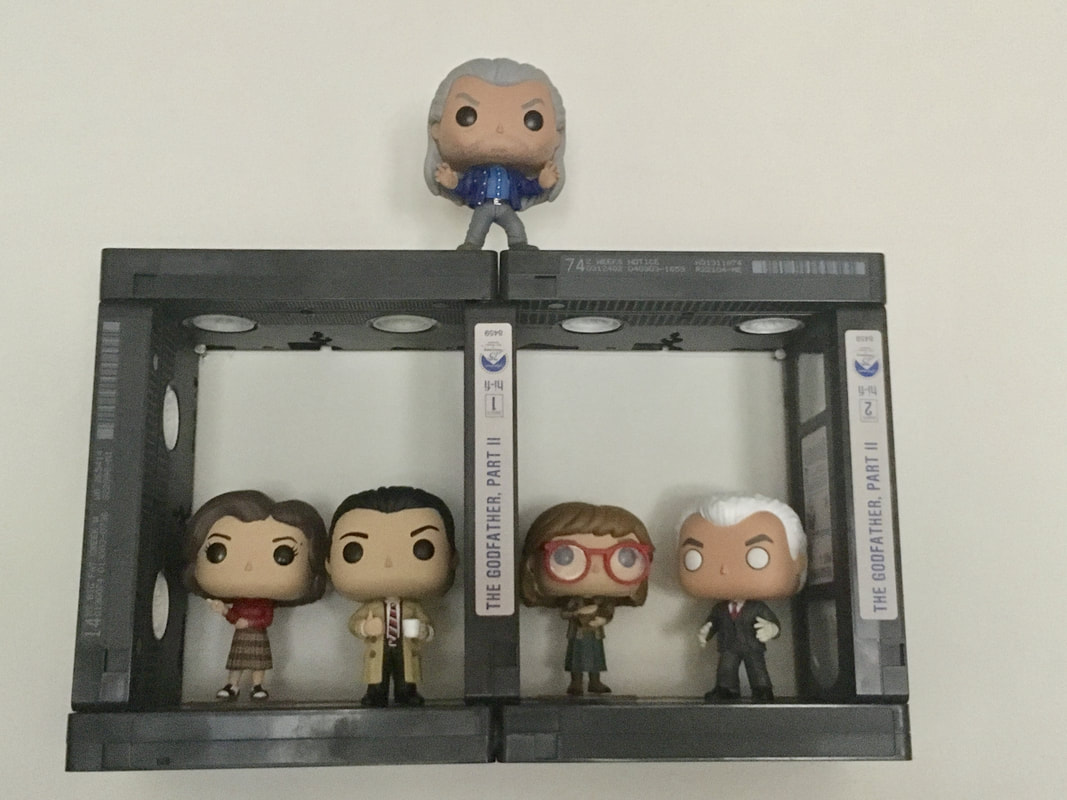
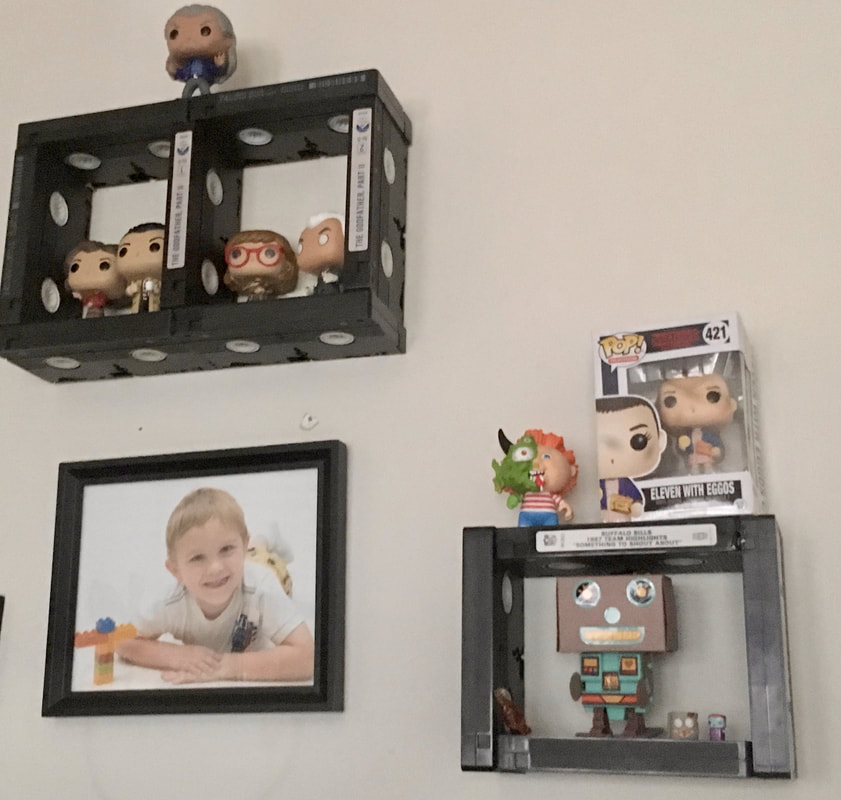
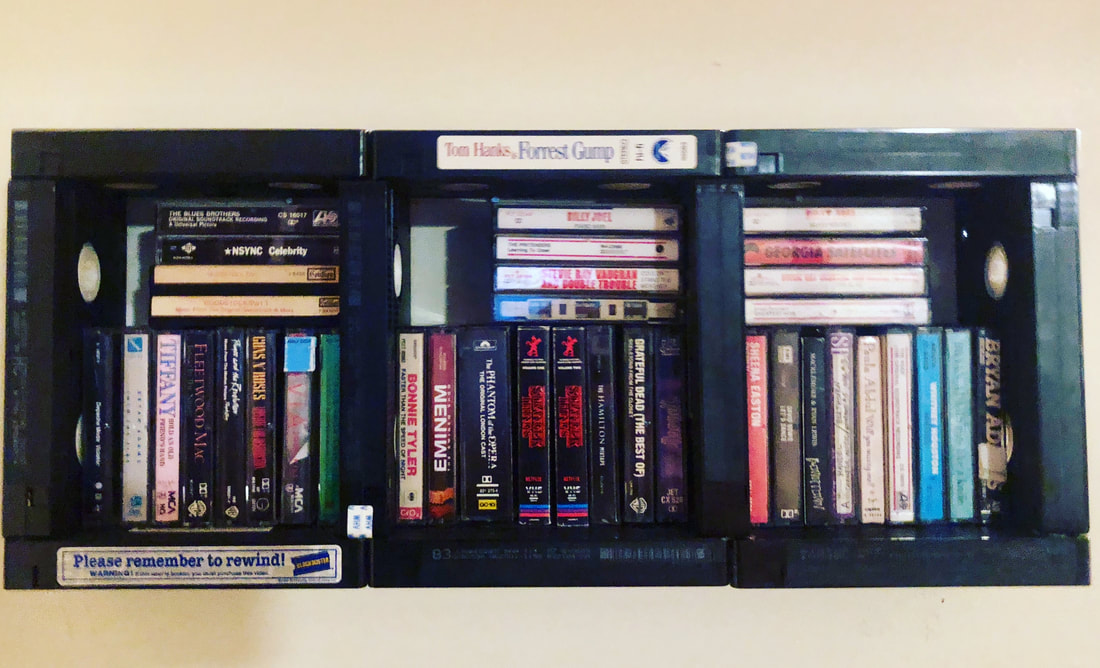
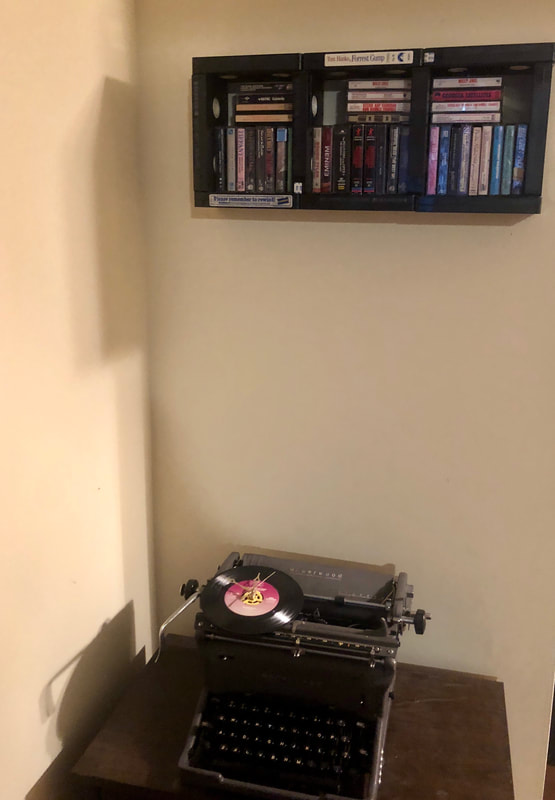
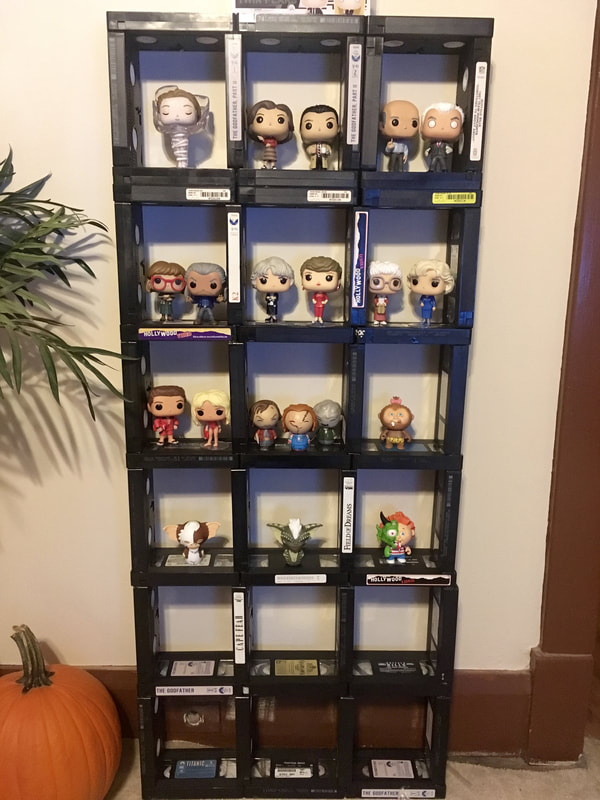
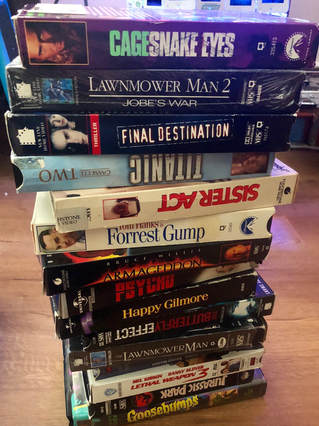
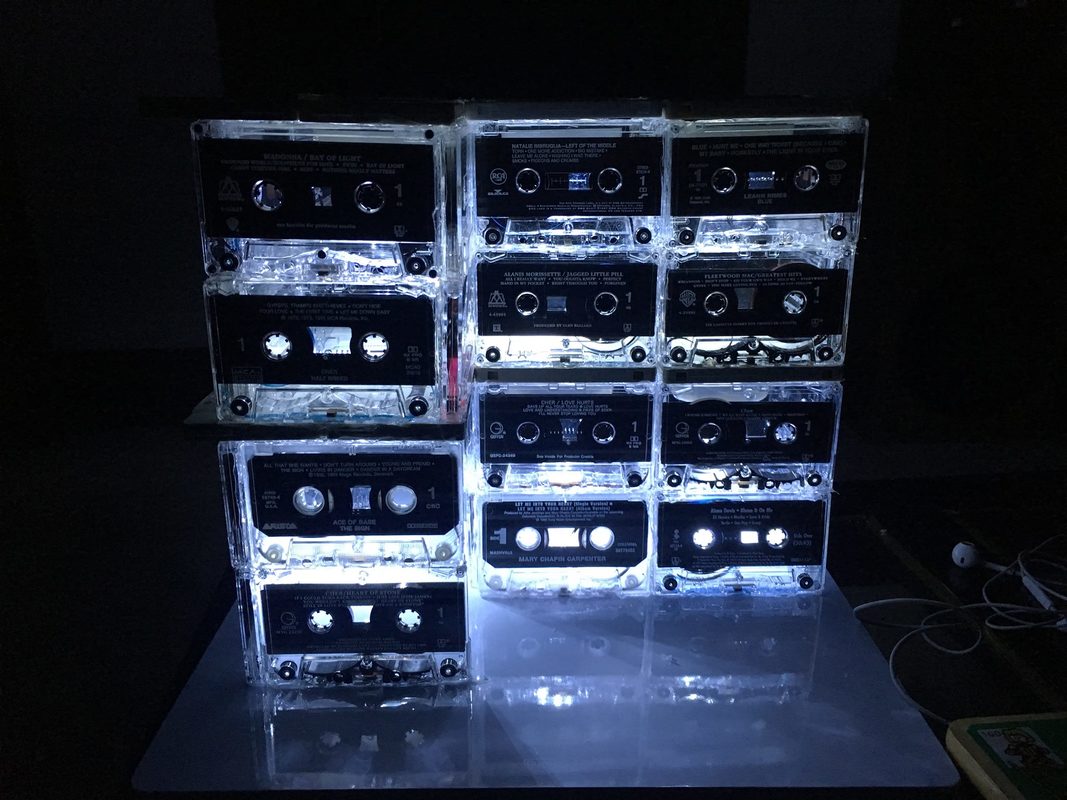
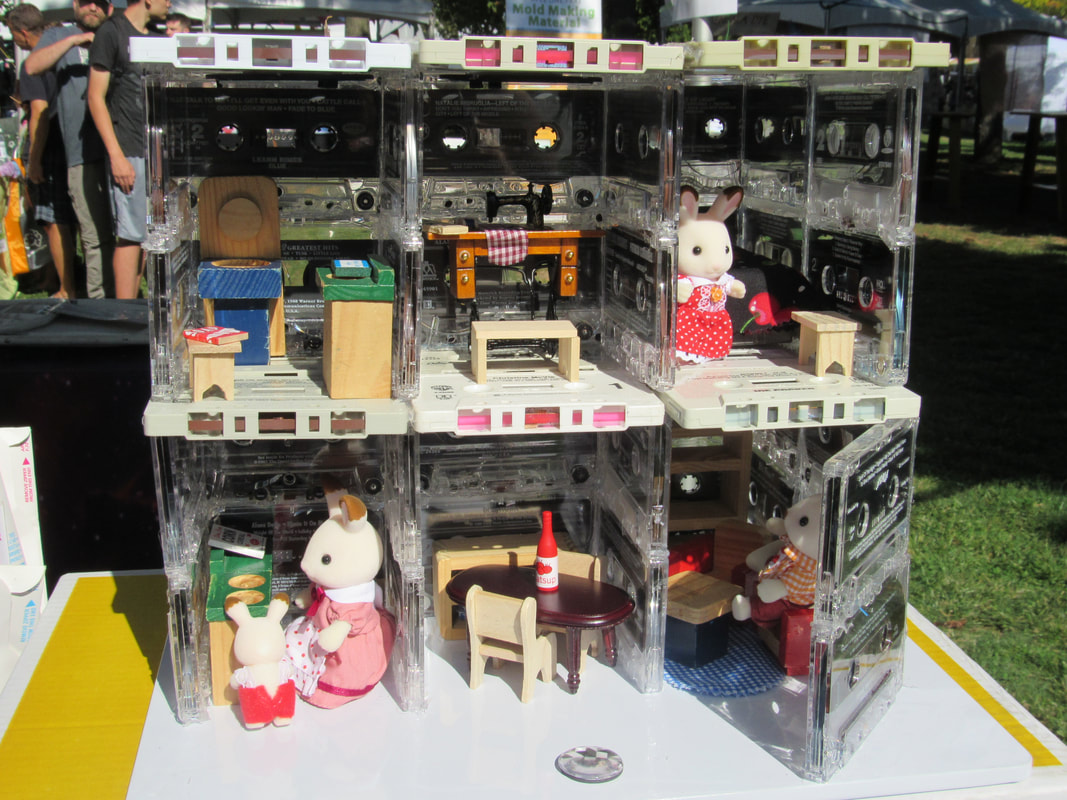
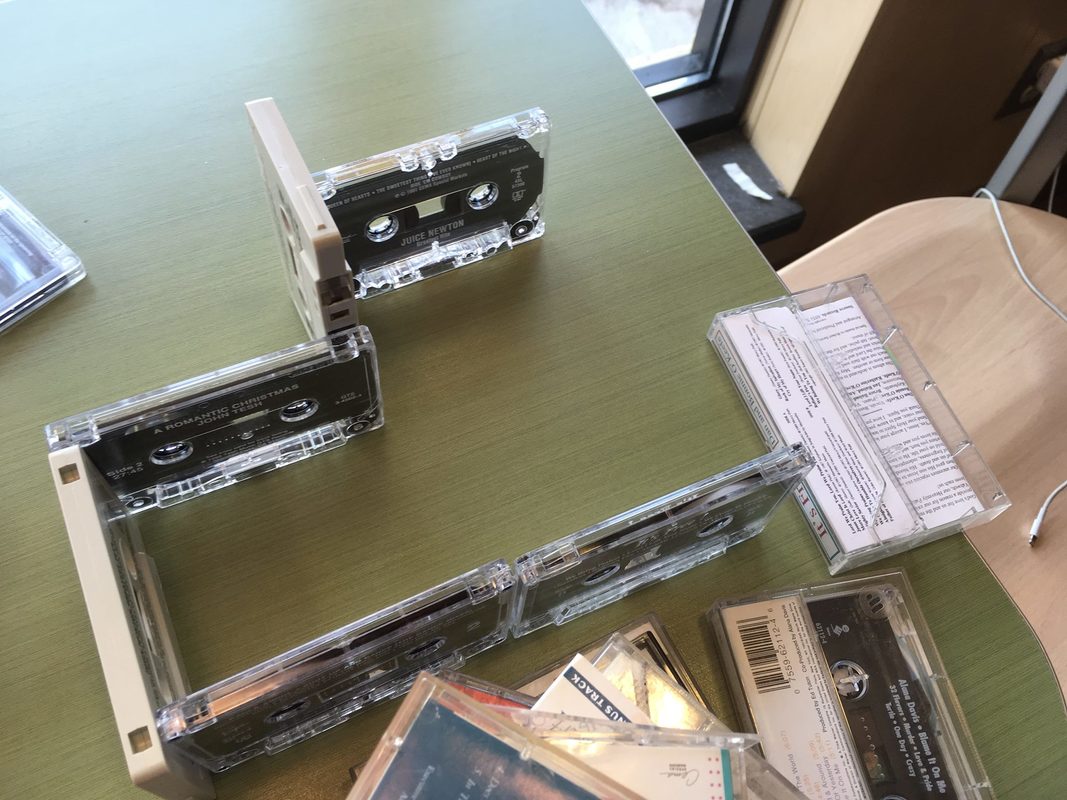
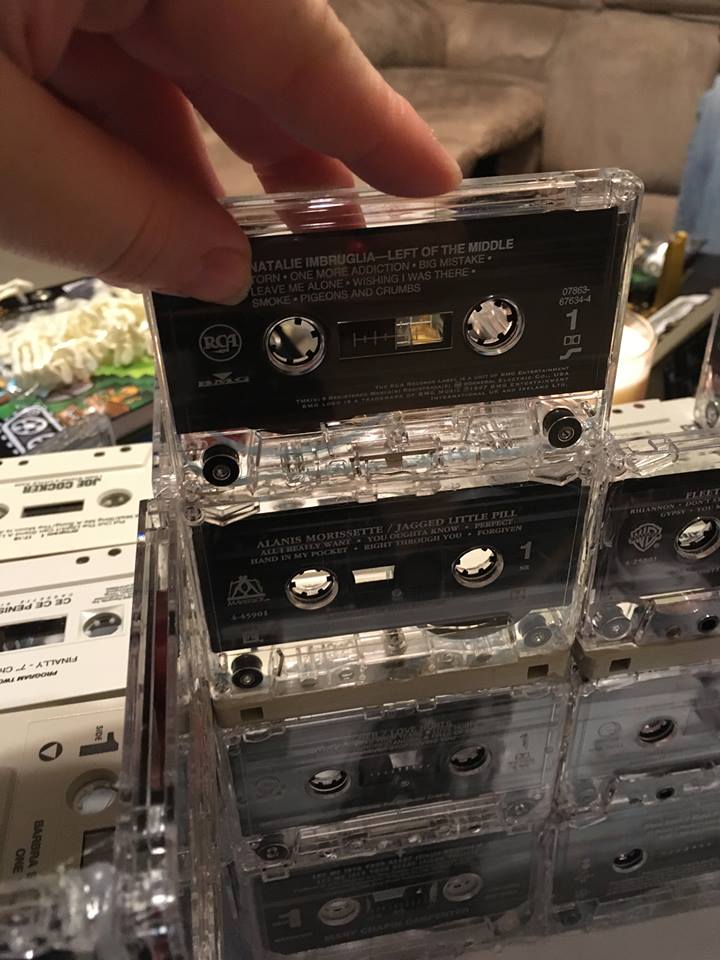
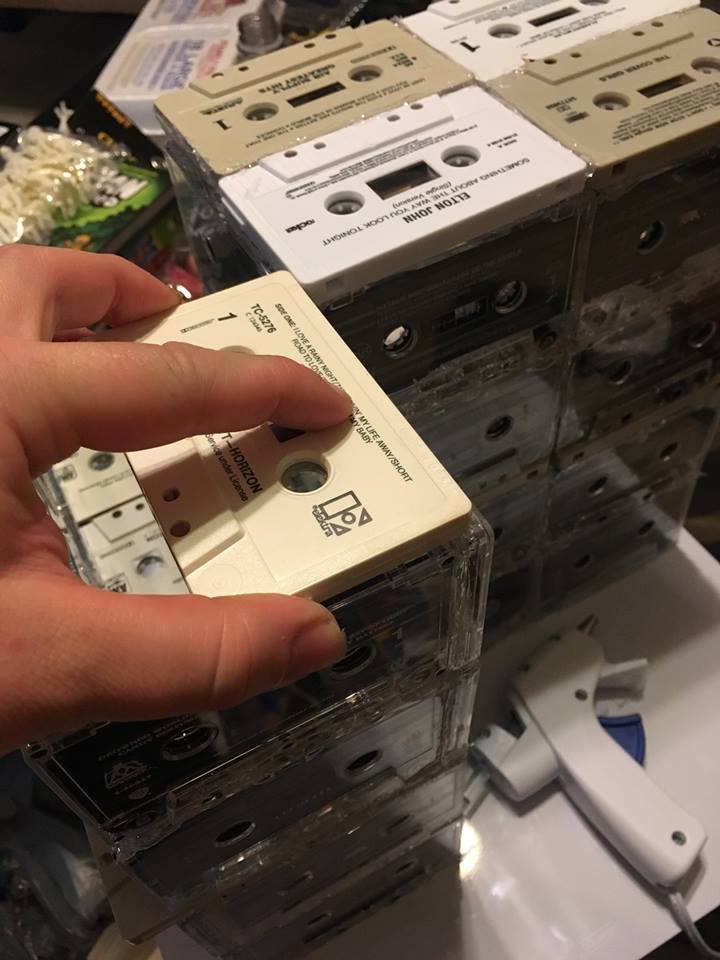
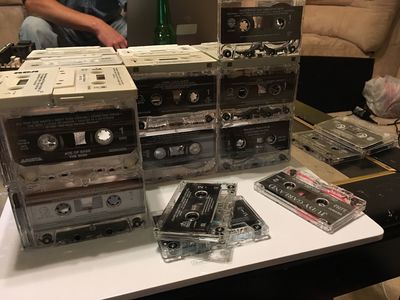
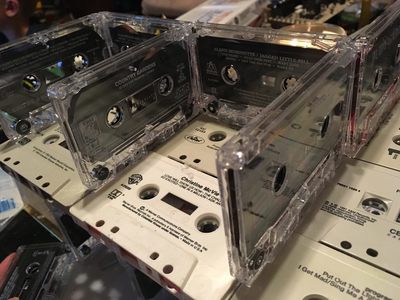
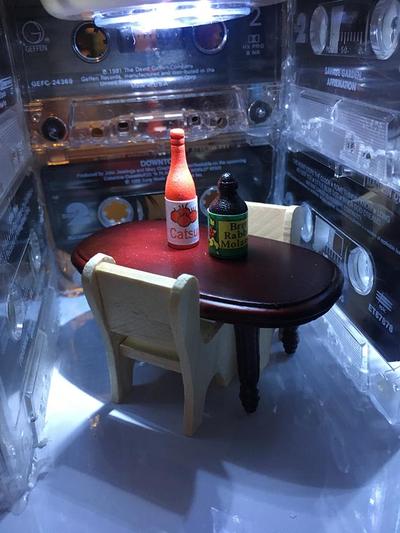
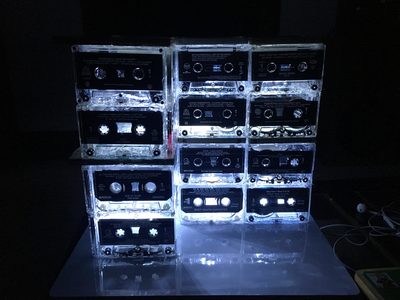
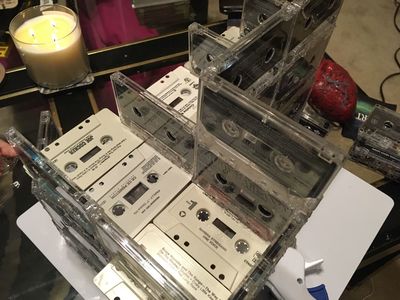
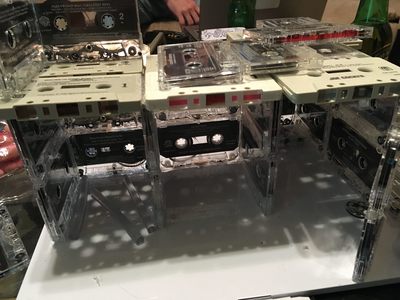
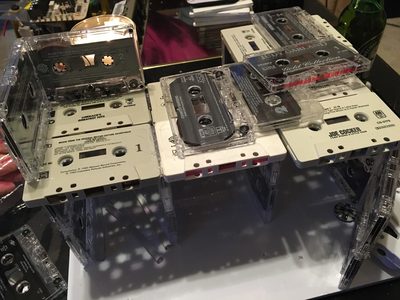
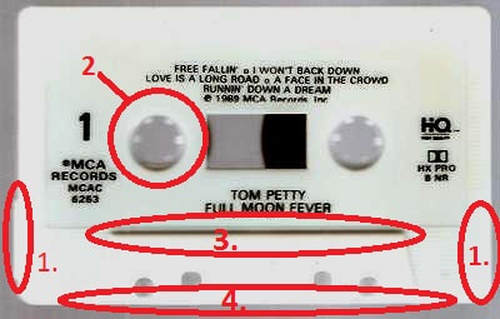
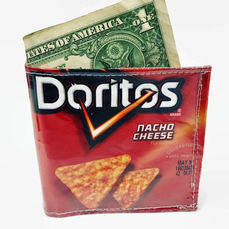
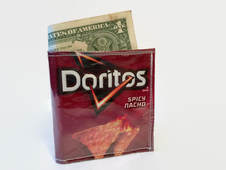
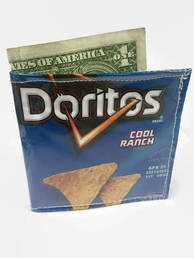
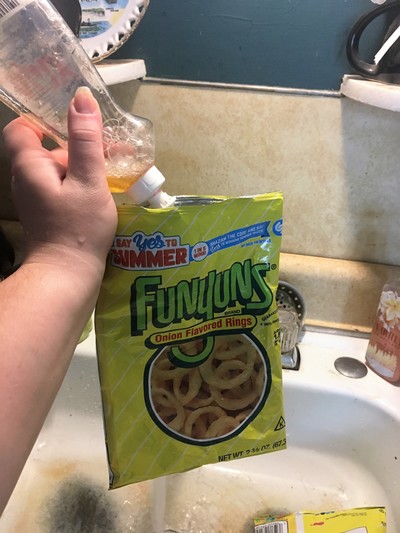
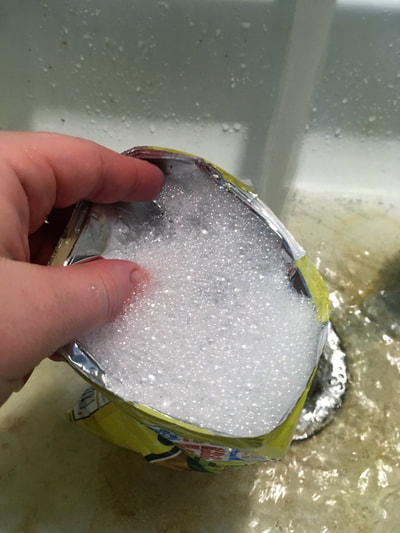
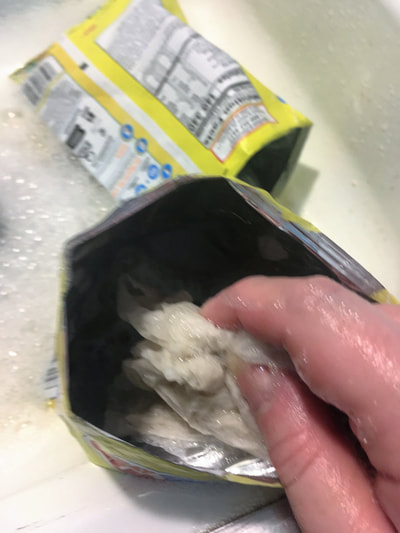
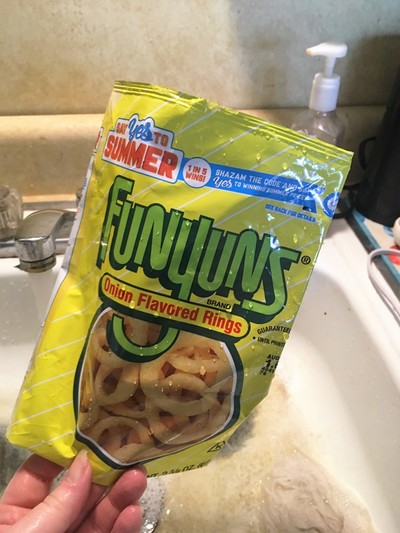
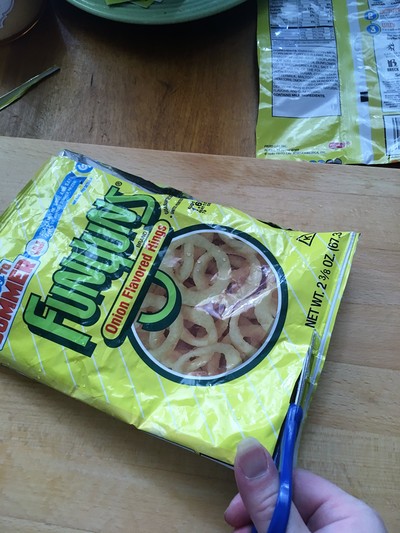
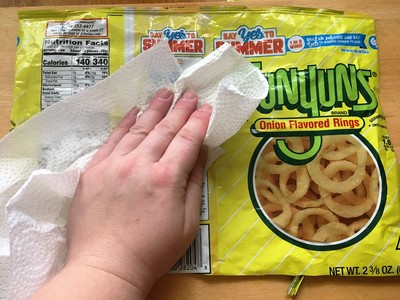
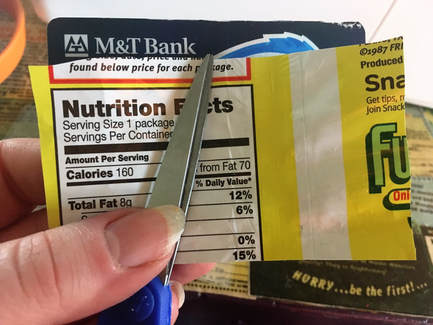
 RSS Feed
RSS Feed
